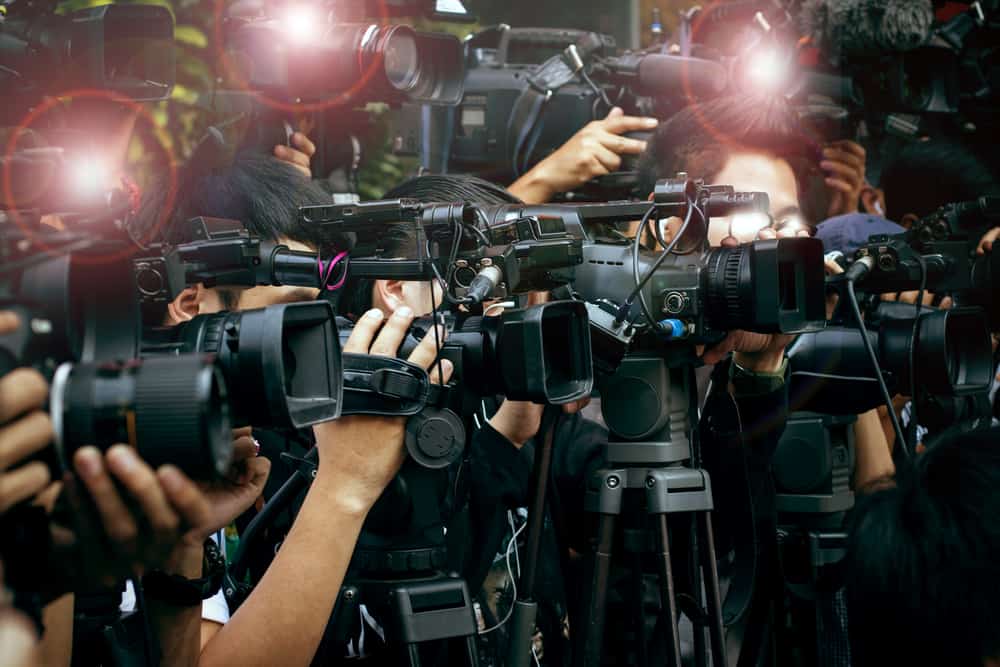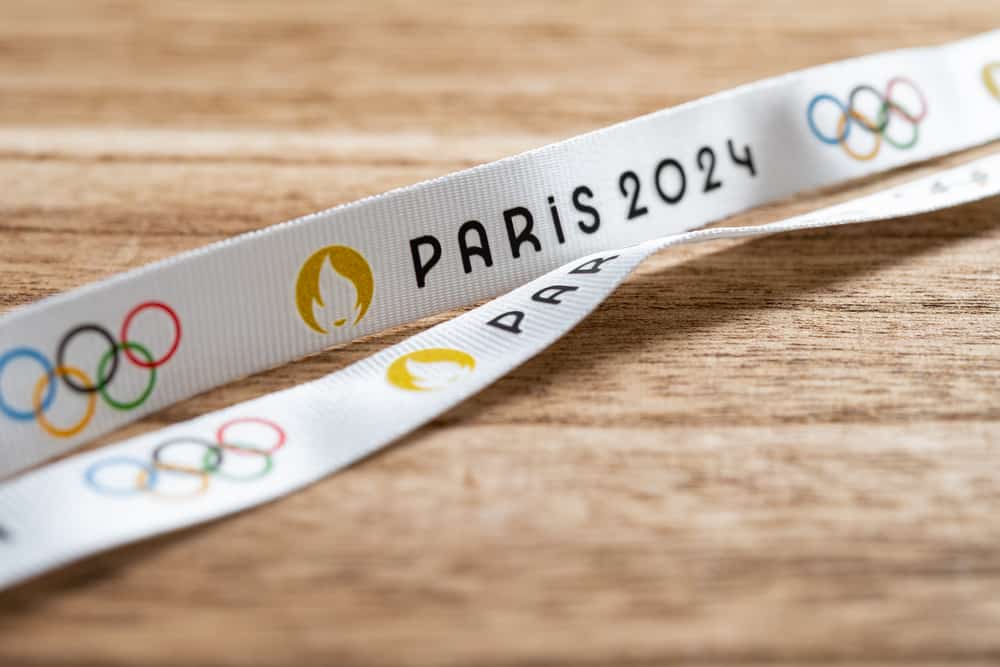In the rapidly evolving media landscape we all experience today, the power of coverage and storytelling is more important and effective than ever. For years, when it comes to professional sports, the spotlight has been shined on male athletes, which has caused disparities not only in salaries but also in things like sponsorship, visibility, and media representation. Media coverage has always and continues to play a pivotal role in either keeping the gap open or helping to bridge it. At Flame Bearers, we are dedicated to amplifying the voices of female athletes while bringing to light various issues that impact the gender pay gap in sports so that together, we can shift the spotlight toward equal representation.
Understanding the Gender Pay Gap in Sports
The gender pay gap in sports is an issue with various faces, influenced by factors such as:
- Commercial revenue
- Viewership members
- Historical investment
- Among others
Traditionally, men’s sports have attracted more viewers, which in turn has led to advertising revenue, more significant sponsorships, and, finally, larger paychecks for male athletes. However, this issue is not just a matter of money but has also played a role in which the general public puts a value on women’s sports.
The Media’s Role in the Gender Pay Gap
Media coverage has always played one of the leading roles in shaping public interest and perception of many things, including sports. The quantity and quality of coverage significantly impact an athlete’s marketability, sponsorship opportunities, and earnings. It is no secret that women’s sports have received a significant amount of lesser coverage than men’s, which has contributed to the vicious cycle of lower visibility and reduced interest, leading to diminished revenue.
Quantity of Coverage
Studies have clearly shown that female athletes and, in general, women’s sports as a whole have received a significant amount of less airtime when compared to men’s. This lack of airtime has limited the exposure for female athletes and affected ticket sales, viewership, and fan engagement. Without sufficient media exposure, women’s sports will continue to struggle to gain the traction that is needed to bring in more sponsors and television deals, directly impacting the amount of potential money female athletes can earn.
Quality of Coverage
When women’s sports are being covered by the media, the quality and nature of the coverage are more often than not quite different from that of men’s sports. Unfortunately, coverage can sometimes be patronizing or overly focused on things that have nothing to do with their achievements and abilities. Focusing on anything less than why they are the best at what they do not only undermines the athletes’ professionalism but also deters potential interest and investment in female sports.
Shifting the Spotlight for Equal Pay
The gender pay gap in sports has been a widespread issue across the globe, and addressing the gender pay gap requires a strong effort to shift the media spotlight toward equal coverage. This process involves not only increasing the quantity of coverage but also enhancing the quality to ensure that female athletes receive the recognition and respect that they deserve.
Increasing Visibility
Media outlets play a crucial role in increasing the visibility of women’s sports. By allocating more airtime and resources to covering women’s events, the media will help elevate the profile of female athletes, drawing in more fans and sponsors. Social media platforms also offer a powerful tool for athletes to directly engage with fans and build their personal brand, further closing the visibility gap.
Changing the Narrative
Improving the quality of coverage means changing the narrative around women’s sports. This involves focusing on the athleticism, dedication, and achievements of female athletes rather than peripheral aspects such as their appearance. Media outlets should strive to provide the same level of analysis, depth, and respect in their coverage of women’s sports as they do for men’s.
The Impact of Equal Coverage
Equal media coverage is one of the most important steps we need to take to make a profound impact on narrowing the gender pay gap in sports. Increasing the visibility and improving the portrayal of women’s sports will eventually drive up viewership and fan engagement, leading to higher ticket sales, more lucrative sponsorship deals, and greater investment in women’s leagues. This, in turn, will hopefully translate to better pay and conditions for female athletes.
Case Studies: Positive Changes and Challenges
Instances of positive change demonstrate the potential impact of equitable media coverage. For example, the increased visibility and popularity of women’s soccer in several countries have led to improved pay, sponsorship, and professional opportunities for female soccer players. However, challenges remain, as seen in sports, where the pay gap and coverage disparity are still pronounced.
Moving Forward: Strategies for Change
To continue moving towards equality in sports, several strategies can be implemented:
- Media Partnerships: Sports leagues and associations can form partnerships with media outlets to guarantee more comprehensive coverage of women’s sports.
- Policy and Advocacy: Advocacy for policy changes at the organizational and governmental levels can help mandate more equitable treatment and investment in women’s sports.
- Public Support: Fans can play a crucial role by supporting women’s sports through viewership, attendance, and social media engagement, demonstrating demand for more coverage.
- Athlete Empowerment: Encouraging and supporting female athletes in building their personal brands and engaging with fans directly can help increase their visibility and marketability.
Continue the Fight to Reduce the Gender Pay Gap in Sports with Flame Bearers
At Flame Bearers, we are dedicated to amplifying the voices of past and current female athletes. The role of media coverage in the gender pay gap for athletes is undeniable. By shifting the spotlight towards more equitable representation, we can challenge the status quo and pave the way for a future where female athletes receive the recognition, respect, and remuneration they rightfully deserve. If you are dedicated to playing a role in helping close the pay gap in sports, it is essential that we work together to transform the landscape, making it more inclusive and equal for everyone.




